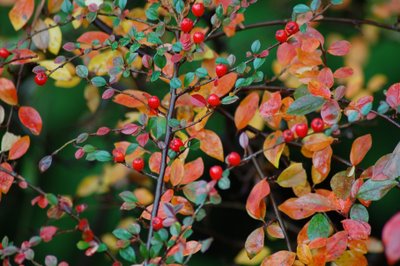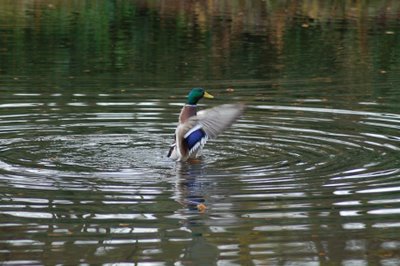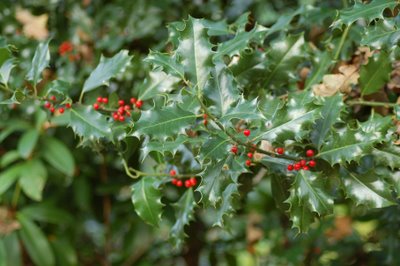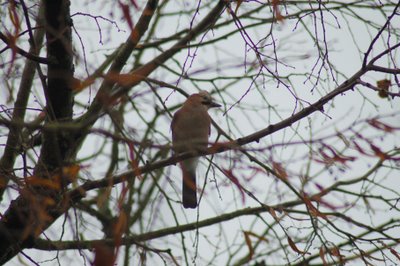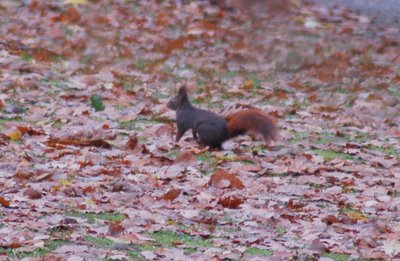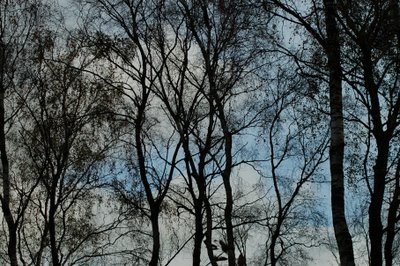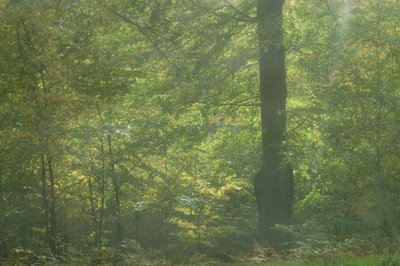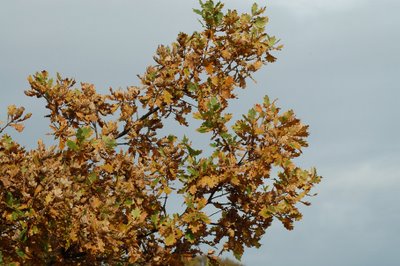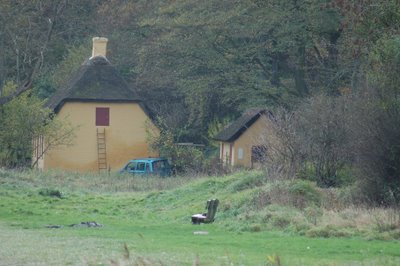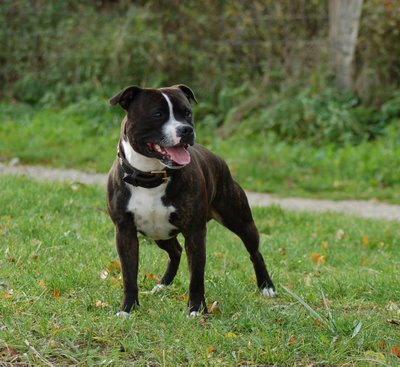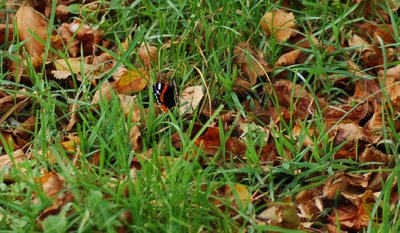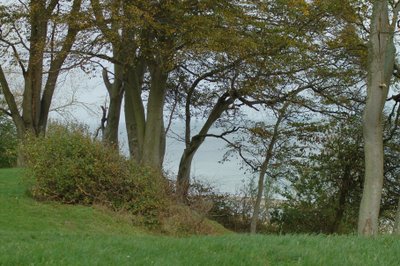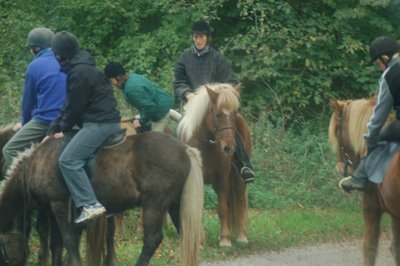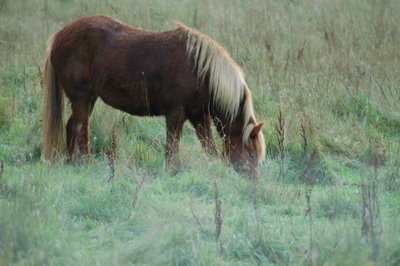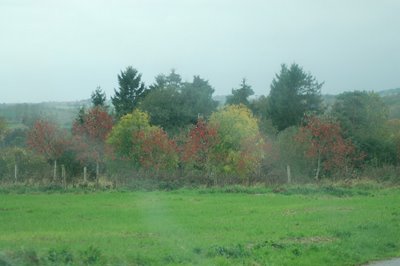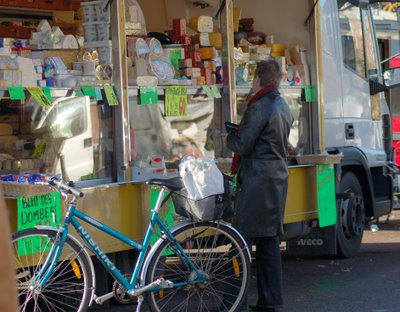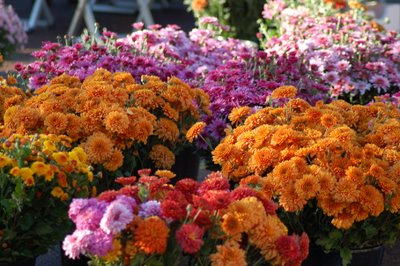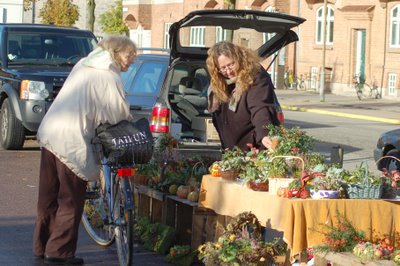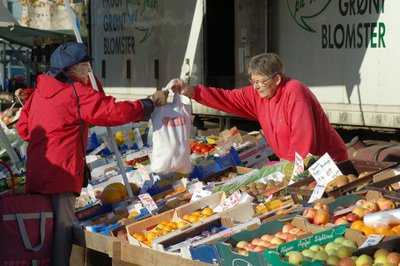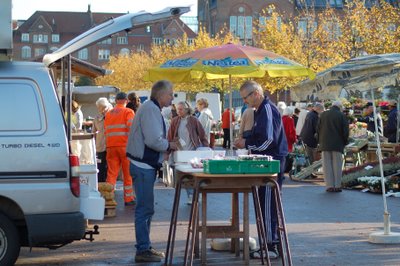3rd Millenium BC - Enkeltgravskulturen (Single graves)
The third millenium was a period where old life styles were dissolving and new were being formed. It wasn't only in the materialistic culture pattern , but also in religion, i.e. in the death cult. The deads were buried in single graves ; hills were built above the coffin, which was mostly of wood. A farmer society was developing in Denmark in the period after 2800 BC.
Upon low banks, foremost in the North Jutland hills an down the peninsula, a broad border of thousands of small grave hills are seen today, which were established in the period after ab. 2800 BC. They are unimpressive, but their placement in the terrain and the burials they are covering have attracted much attention. They are called 'enkeltmandsgrave' and have caused some theories about 'enkeltgravsfolkets' ( 'the 'single grave people's) immigration to Denmark.
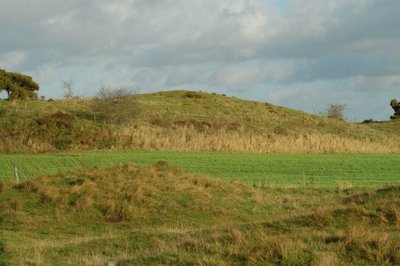
The grave itself contains seldom big stones. The coffin was of wood (planks), supported by stones. There are three burial forms: 1) undergrav ( grave below the surface), 2) bundgrav ( grave upon the surface , 3) overgrav ( grave above the other two) . This is roughly telling the classification of the graves in the mentioned 400 years.
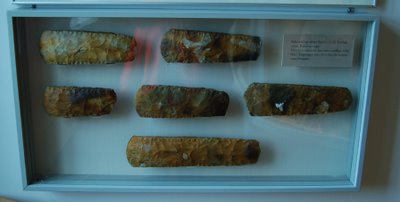
The grave gifts in a man's grave were a battle axe and a flint axe, or a flint axe only - and often a clay-vessel, probably with food or maybe some drink . The dead was fully dressed and in his belt were amber and eventually a flint knife.
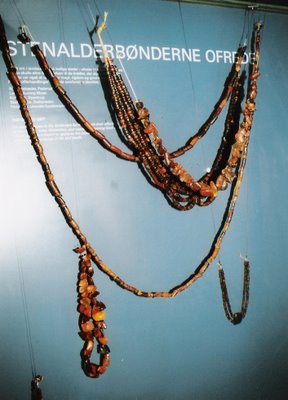
Also a woman was fully dressed, wearing her jewels, often amberpearls, either around her loin or by the head. These dead people are the only traces we have from the farmer people in the period between 2800-2400 BC. Only a couple of settlements have been found yet.
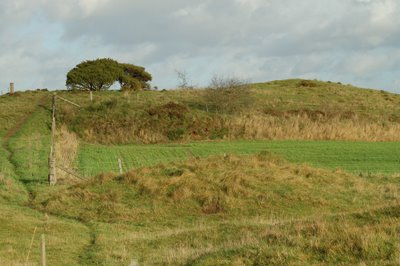
The earliest graves' coffins are facing east-west. There are traces after fire, indicating that bonfires were lit before the burial in order to mark the departure of the dead. In double graves were two bonfires. Above the grave was built a small hill no more than one meter high.
The next graves were placed in level with the earlier surface, often with coffins of flat stone tiles, especially in North Jutland. In the end of the period of enkeltgravene it was common to establish graves in the existing grave hills. The new graves were placed somewhat higher than the earlier, therefore the name: overgrav.
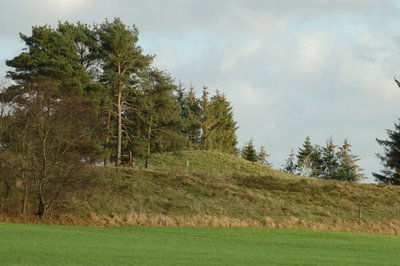
During the first period of the 'enkeltgravsperiod' the dead was placed with raised legs, like in sleeping position , but in the last period the dead was placed outstretched upon the back. For every new burial new earth and grass was added. A whole family could have their last rest in the same grave hill.
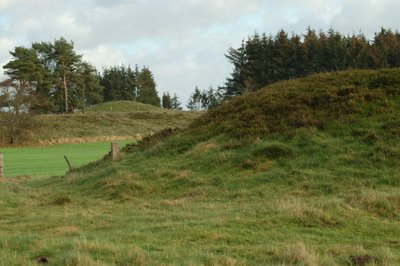
These hills on the photos are from a group of 30 hills by Bruunshåb in Mid Jutland near Viborg.
Maybe the archaeologists will discover more about those thousand of small hills and this people we know so little about yet.
photo: grethe bachmann










